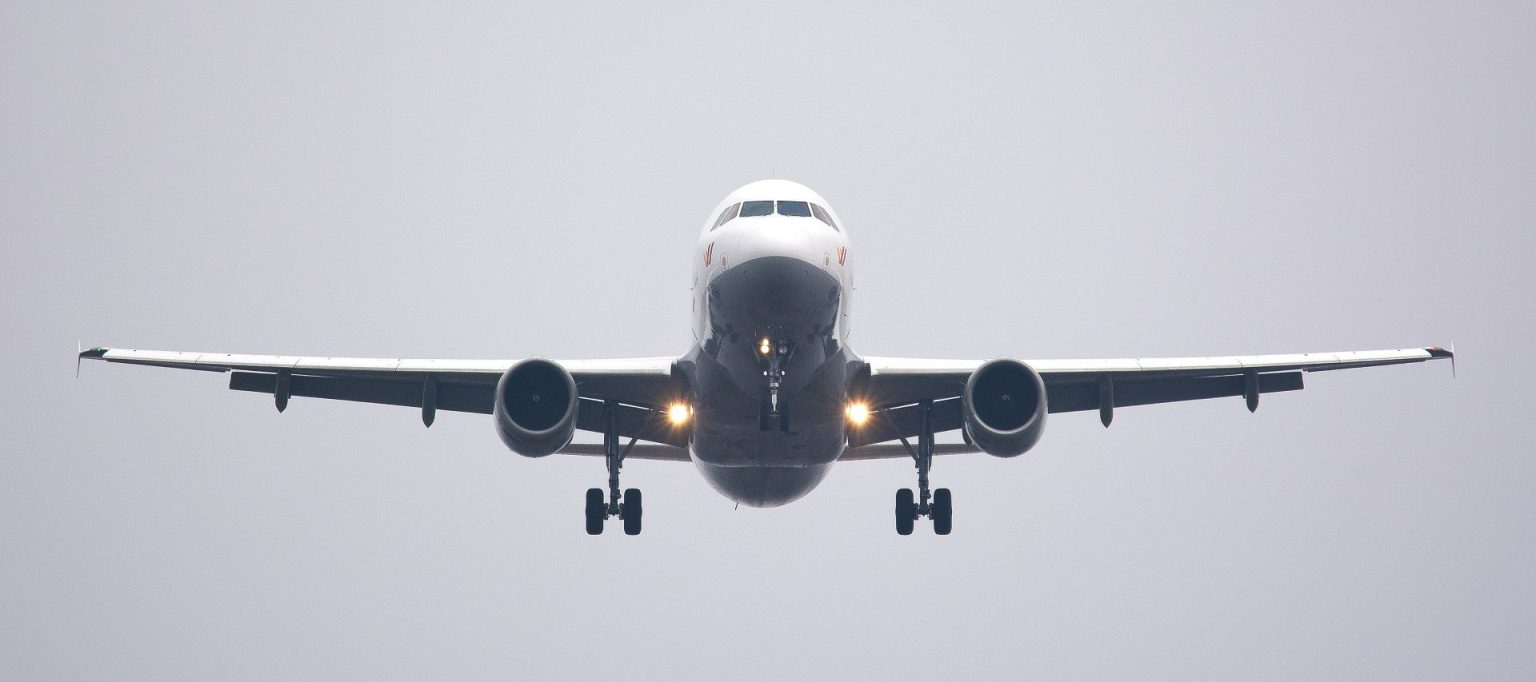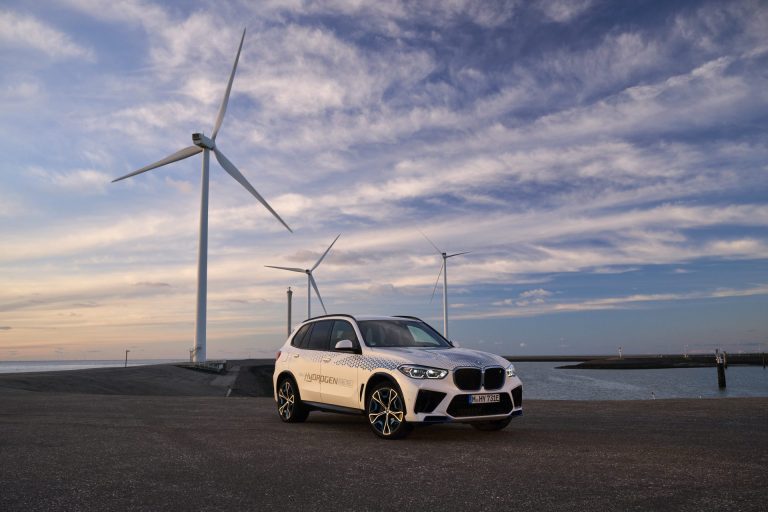New EU Rules Require Sustainable Aviation Fuel Blending to Decarbonize Aviation Sector
The measure is projected to reduce aircraft CO2 emissions by around two-thirds by 2050 compared to a ‘no action’ scenario and provide climate and air quality benefits by reducing non-CO2 emissions.

The European Commission has announced a political agreement on the ReFuelEU Aviation proposal, marking the final agreement on transport proposals within the ‘Fit for 55’ package. The deal requires aviation fuel suppliers to blend sustainable aviation fuels (SAF) with kerosene in increasing amounts from 2025, with a minimum share of 2% required by 2025 and 70% by 2050. This measure alone is projected to reduce aircraft CO2 emissions by around two-thirds by 2050 compared to a ‘no action’ scenario, and will provide benefits for climate and air quality by reducing non-CO2 emissions.
What are the rules under the ReFuelEU Aviation Proposal?
The new rules will require:
1) Aviation fuel suppliers to supply a minimum share of SAF at EU airports, starting at 2% of overall fuel supplied by 2025 and reaching 70% by 2050. The new EU jet fuel blend will need to also contain a minimum share of the most modern and environmentally-friendly synthetic fuels, which increases over time;
2) Aircraft operators departing from EU airports to refuel only with the fuel necessary for the flight, to avoid emissions related to extra weight or carbon leakage caused by ‘tankering’ practices (deliberately carrying excess fuel to avoid refuelling with SAF);
3) Airports to ensure that their fuelling infrastructure is available and fit for SAF distribution.
The blending mandate will cover biofuels, recycled carbon fuels, and synthetic aviation fuels (e-fuels) in line with the Renewable Energy Directive, but will exclude food and feed crops to support sustainability objectives. Aircraft operators departing from EU airports will be required to refuel only with the fuel necessary for the flight, to avoid emissions related to extra weight or carbon leakage caused by ‘tankering’ practices. Airports will also need to ensure their fuelling infrastructure is available and fit for SAF distribution.
The new mandate will ensure a level playing field within the EU internal market, provide legal certainty to fuel producers, and help kick-start large-scale production across the continent. It will also increase the EU’s energy security by reducing dependencies on third-country sourced energy products and create thousands of new jobs in the energy sector.
The next step is formal adoption by the Parliament and the Council. Once completed, the new legislation will be published in the Official Journal of the European Union and enter into force immediately.
Aviation emissions in Europe increased an average of 5% year-on-year between 2013 and 2019, and while they dropped dramatically during the pandemic, they are still projected to grow further. The increased climate ambition of the aviation sector will be crucial for the EU to reach its climate objectives under the Paris Agreement and make the European Green Deal a reality. To achieve climate neutrality, the EU needs to reduce transport emissions by 90% by 2050 compared to 1990 levels, and RefuelEU Aviation will help the aviation sector contribute to achieving that target, together with the revised rules on the EU Emissions Trading System in the aviation sector.
Read Next
Weekly Newsletter
CleanEarth.io
Get news and insights on individuals, communities, companies and organizations and climate change, sustainability and clean energy.
CleanEarth Media
More From Clean Earth










